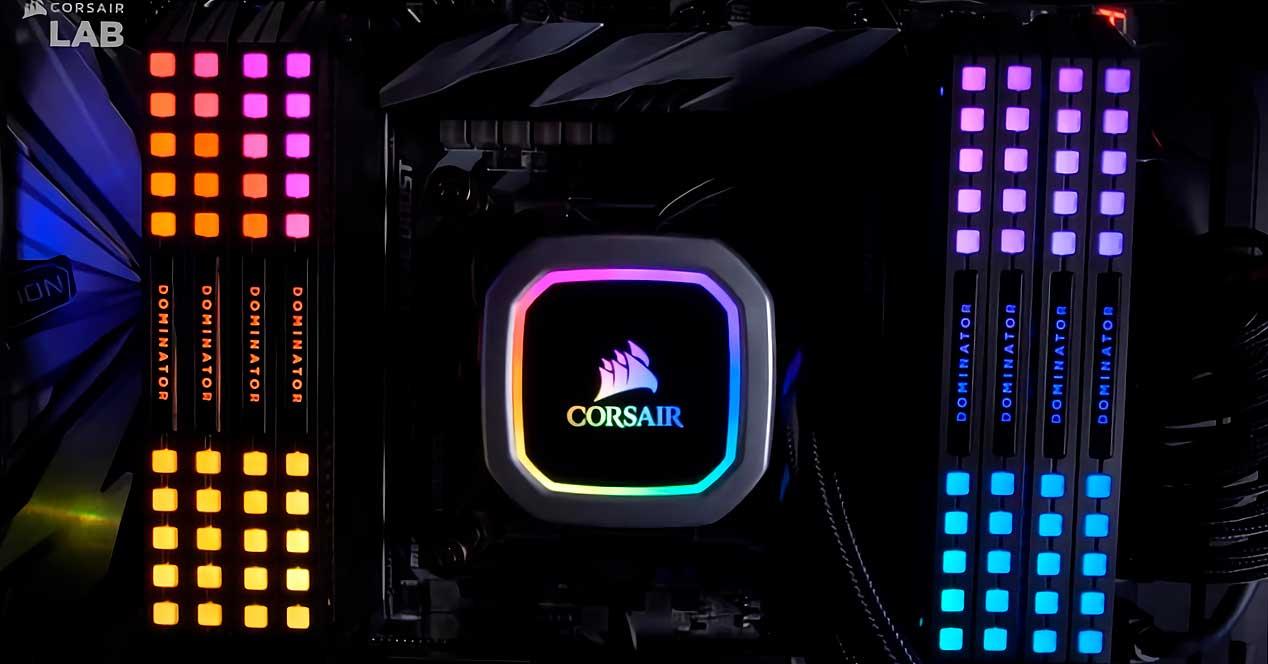It’s true that with DDR4 there aren’t too many temperature problems to the point that PC modules are everywhere without a heatsink, but with DDR5… That’s something else entirely. Despite the voltage drop, the average temperature of these modules is much higher than what is observed with current RAM memories for PCs, which is already causing a debate on how to reduce this factor as much as possible.
RGB LED in RAM yes or no, what should be taken into account?
The discussion around this may be about a simple yes or no, but it’s not so much about where or how it is implemented. Currently, there are many advances in LED technology focused on CMS
we have them from 2mA until more than 14mA with ridiculous voltages, but in the end they represent an expense and that is precisely the problem. The “where” makes it necessary to understand that depending on the area to be lit and, above all, depending on the location of the radiator, this technology can be something trivial to take into account in RAM memory or a problem to be solved, and we explain .
The LEDs are powered directly from the RAM memory voltage controller by restructuring the circuit board that draws voltage from them through a tiny PCB that controls and manages them. It’s not the only system, of course, there are some with a direct implementation soldered to the PCB itself, but they all seek one thing: the best efficiency.
And it is that with average tensions between 1.2V and 1.35V there’s not much room for power, so efficiency as such is the key factor here.
Reduction of consumption and temperature
Logically, with so few milliamps involved and a cost that increases despite the voltage drop due to architectural changes, it is a priority for manufacturers to reduce the consumption of RGB LEDs in RAM, mainly because that they generate very little heat, they represent in many memory models, an additional degree, in particular for those which must passively dissipate the SMD.
For this reason, many manufacturers opt for their own low-power LEDs, such as the PRIVATE CAPELLIX, above all. Lower consumption implies lower temperature and logically this produces either greater stability, higher frequency, or lower latencies because performance is tightened.
In any case, each manufacturer calculates the temperature limits of each module where the LEDs are also taken into account. They influence, but very little on the temperature, where on average a module with a medium or high performance heatsink is generally in a temperature range between 40º C and 50º C. Therefore we shouldn’t care about it and we can see it if we turn off those LEDs and after some time we see the temperature by software









